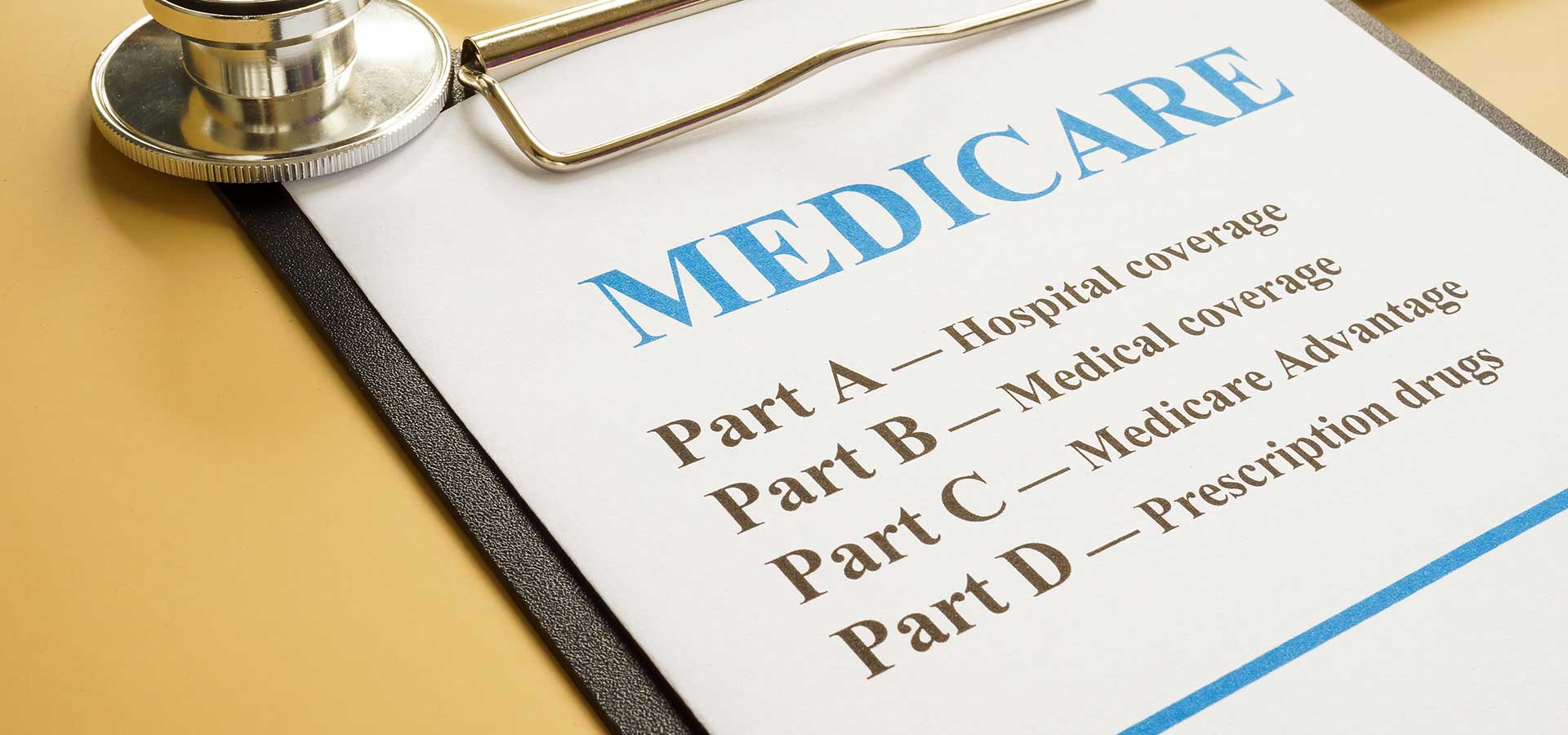What are the different types of Medicare?
If you or a loved one is about to start using Medicare, it’s important to understand the different types of Medicare and how they work. Medicare was designed to cover certain services and has four parts: A, B, C, and D.
While these four parts each have their own function, there is still the original Medicare where many people choose to use their Part A and B benefits. Under the original Medicare plan, healthcare is paid for by the government.
Understanding the parts of Medicare
- Part A is designed to provide inpatient hospital coverage. This means that if you are admitted to a hospital by a physician, you have a 90-day benefit period for standard hospitalizations and 60 lifetime reserve days. If admitted to a psychiatric hospital certified by Medicare, this covers 190 lifetime days. There are additional services Part A covers, like up to 100 days of home health care or an unlimited amount of intermittent care, hospice care, and skilled nursing facility (SNF) care up to 100 days each benefit period.
- Part B covers outpatient medical coverage
Part B covers those services that do not require hospitalization, such as the services you receive from a physician, durable medical equipment, home health services, ambulance services, therapy services, preventive services, mental health services, chiropractic care, certain prescription drugs, and X-rays and lab tests.
- Part C
Part C allows Medicare benefits to be administered from a private health plan. This means Medicare plans and services are rendered through an HMO, PPO, private fee-for-service (PFFS), special needs plan (SNP), a provider-sponsored organization, or medical savings account. There are certain rules for these selections, but they primarily work like health benefits plans that may have been received through an employer. This may also be called a Medicare Advantage Plan.
HMOs require you to receive your services and care from physicians in the network except for out-of-area urgent care, emergency care, and temporary out-of-area dialysis. Going outside of the plan may require out-of-pocket payments.
PPOs also have network physicians, hospitals, and health care providers. You may use health care practitioners out of the network, but the cost may be higher.
PFFS determines how much it will pay and you are responsible for the remainder of the cost of care. They do not offer coverage for prescription drugs.
A SNP is only for those with specific diseases or symptoms of a special need. All benefits and health care providers are tailored for these groups of people.
- Part D
This is the prescription drug benefit portion of Medicare. These benefits are usually included with a Medicare Advantage Plan. There are also rules under Part D because there are covered drugs, and then there are drugs that require an exception or must be paid out of pocket if they are not on the list.
Making the right selection when facing decisions about your health care is important. Choosing the right Medicare plans that work to your benefit can help avoid not having coverage when you need it.







